Specialized added weight to the new Aethos: So we went in search of some hills to see how it performed
The new model is a taller, longer, comfier version of the acclaimed original, on a mission to bring more people into its premium ecosystem
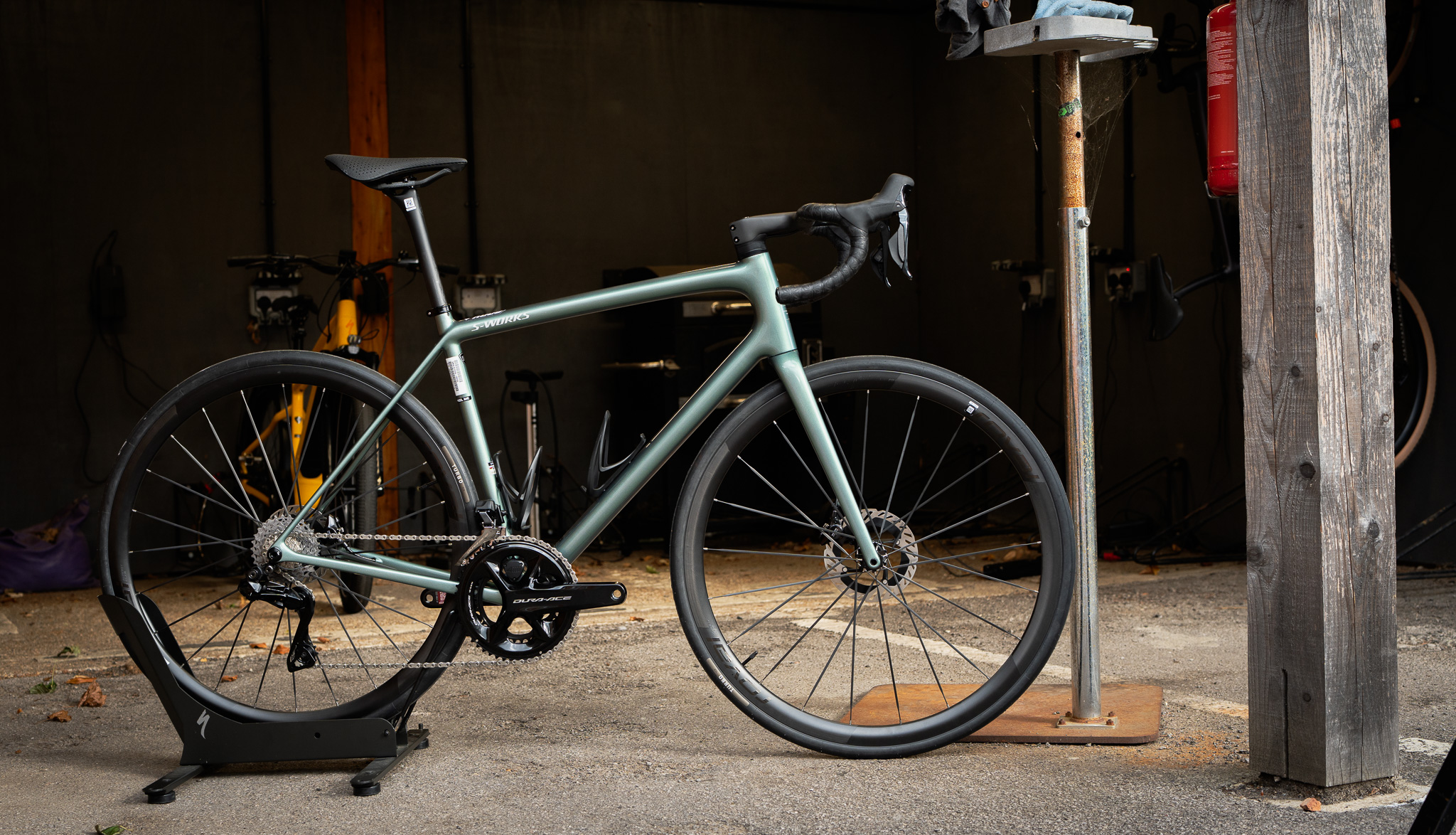

When Aethos 1 arrived in 2021 Specialized had just shelved the Venge, its all-out aero platform, replacing it with a one-bike-to-rule-them-all strategy, in the new aero-optimised Tarmac SL7, then SL8.
Shortly after the SL7 launched, the winningest brand in the world, as if to double down on the death of all-out-aero approach, sought to shun more pretensions from top flight racing, and produce the Aethos. The bike had all the exclusivity and real-world performance of the Tarmac race bike series, in a more practical and comfortable riding package, with less weight, designed to appeal to the general public.
It bet that plenty of bankers, accountants and lawyers would be up for shunning aero in favour of lightweight and comfort, areas which ‘normal riders’ prioritise more than the pros. Specialized were appealing to customers who wanted to say, “screw the rules, I want an exclusive bike that works for me”.
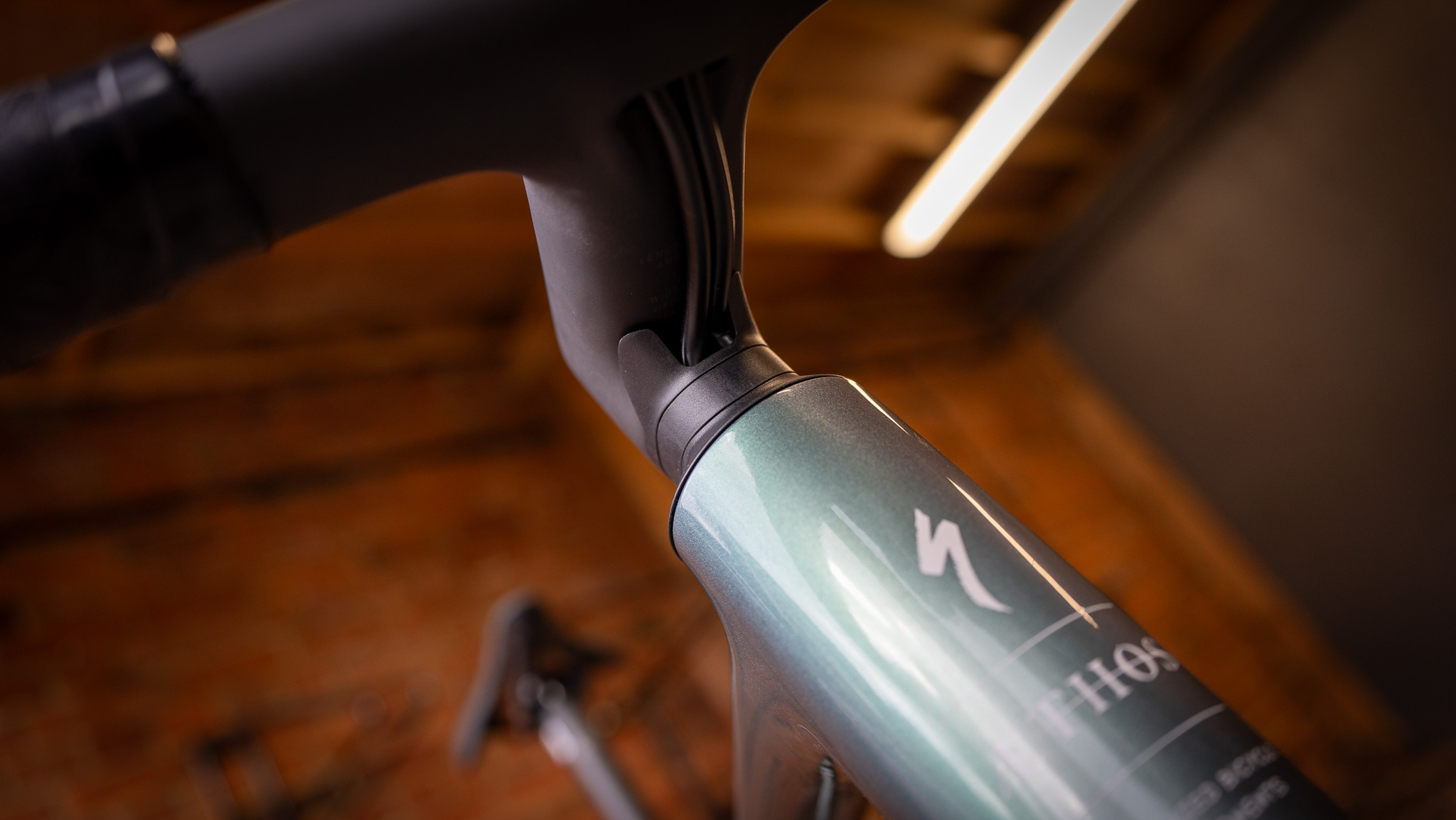
Enter the Aethos. Journalists loved it for its race bike handling delivered in a comfortable package, and the rest, as they say, is history. At the time of launch it was the lightest mainstream manufactured frame on sale at just 585g.
The trouble is, journalists, like pro riders, are used to being folded in half for a living. They loved the comfort in the frame, but didn’t complain about the position. Well heeled punters heard comfortable and aggressive and went out and bought them in droves, but whilst the frame delivered loads more comfort, the position afforded by Aethos was the same racy position as the Tarmac, and too extreme for some.
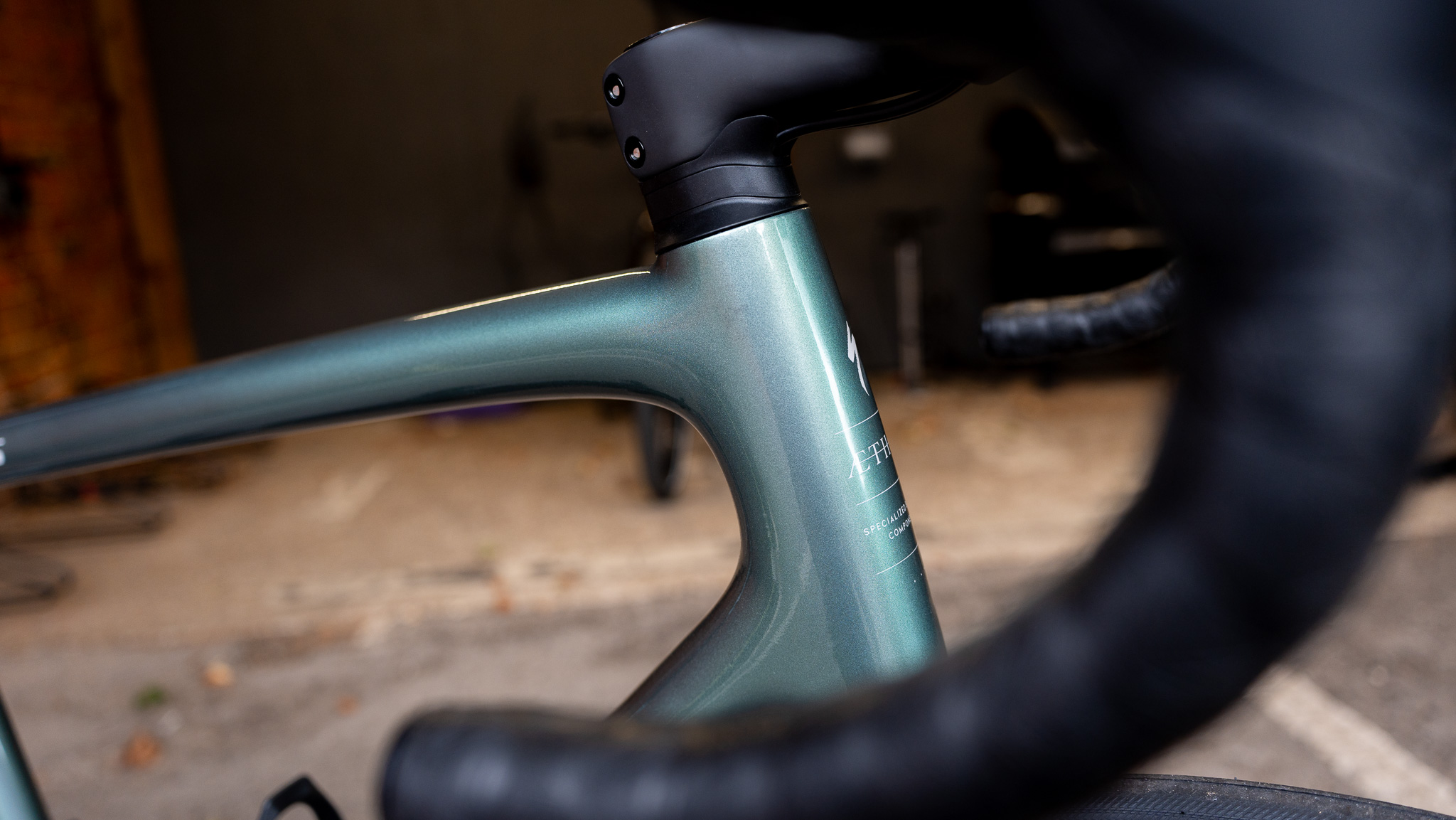
In the new bike, Specialized seems determined to fix that problem. Stack height is up 15mm, with up to 25mm of spacers available. The integrated bar and stem now interfaces with a bearing from the Tarmac SL8. It’s oversized to allow for cable entry, and with the added transition spacers from the frame to the stem, it makes the whole thing look a lot less silly than the previous version, especially with spacers, which many customers will still want or need, even with the increased stack height. The whole front end of the bike now looks very ‘sorted’, elegant perhaps, just the way a bike of this type should look and will undoubtedly fit more customers, without them needing a hoist to get into the shower when they get home from the Sunday club run.
The extra stack height comes at a cost. 45g in fact was spent in extra carbon, which had to be paid back elsewhere in the frame. Savings were found in the bottom bracket area, some 9g, with no loss in stiffness, or so it claims. This has been possible because of extensive work on removing redundant plys, and other tweaks to the lay-up. Like the first Aethos project, Specialized relied on its ‘supercomputer’ to model the changes, then tested them in simulations till it got the right answer. Overall, the weight is up 10g, not something you often hear in a press release about a new bike launch.
The latest race content, interviews, features, reviews and expert buying guides, direct to your inbox!
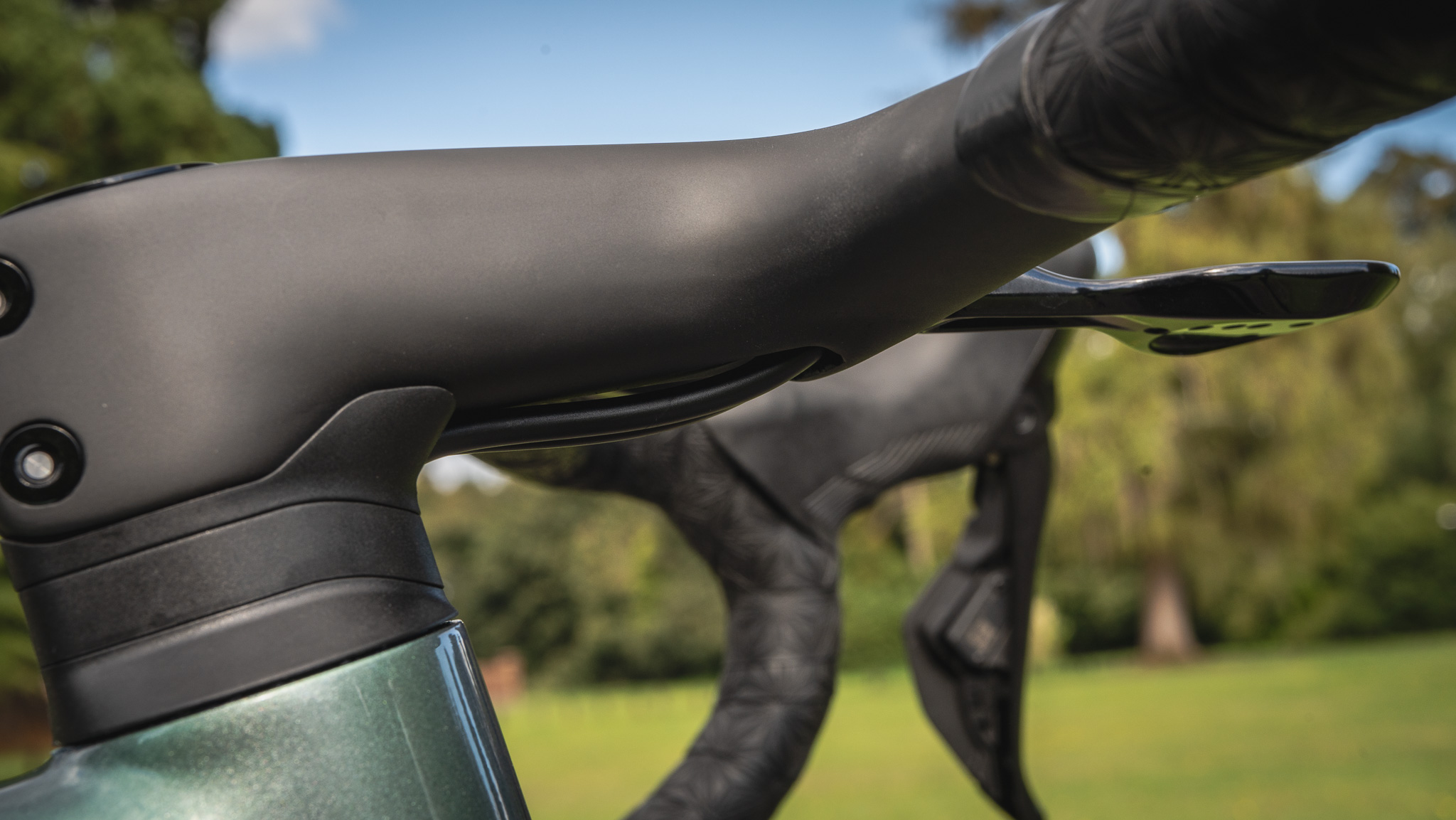
Despite the extra timber, the frame is still comfortably lighter than the new Cervelo R5, some 56g lighter in fact. In fact, you could be mistaken for thinking this was the old Aethos, such is the similarity to the outgoing model.
There are some hidden and less obvious changes of course. The cables are now stowed in the bars, but instead of being exposed past the bar tape, or going through the stem, it’s struck a compromise with what is definitely my favourite ‘half-way-house’ approach to integrated cables for some time.
The fact the cables remained exposed on Aethos 1 to this day, is simply a win for common sense in my book and one of the reasons why I loved the previous version. This compromise will please the aesthetes, and hopefully not trouble the existing fan base too much, who might tolerate the inconvenience for what are plainly better looks.
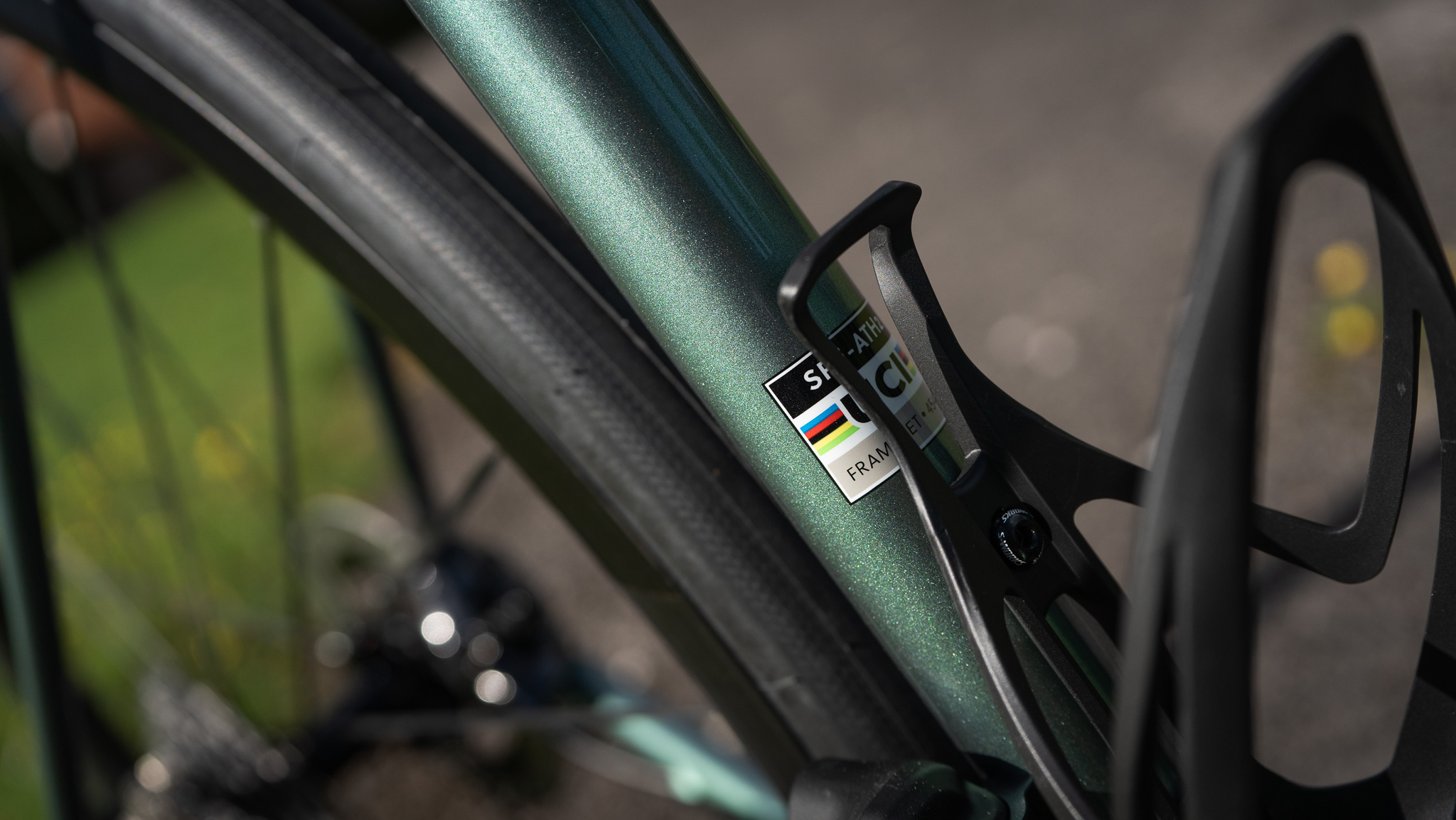
A proprietary UDH style hanger has been added and is tucked neatly into the dropout. A normal one still fits of course, but it's likely to be around 2g heavier.
The integrated Alpinist bar and stem solution is also extremely comfortable in the hand. Thanks they say to more work on the tops than in any other part of the bar. It’s also, in concert with the compliant front end, very comfortable on the road. More on that later.
The bottom bracket is also lower too, now at 76mm, a drop of 2mm. Most likely to accommodate the fashion for ever larger tyres, of which you have 35 millimetres of space in the revised frame. That’s generous enough for a bike of this type.
Why it’s fitted with 28mm tyres as standard is baffling however, when the frame has clearance for tyres as wide as 35mm. A 30 or even 32mm choice would have made more sense. I can only assume Specialized has a warehouse full of them, because to say it’s a defunct size in a race bike context wouldn’t be entirely true, but isn’t outlandish either, let alone on a bike that’s designed as a racey bike for a real world punter, with comfort, grip and handling in mind.
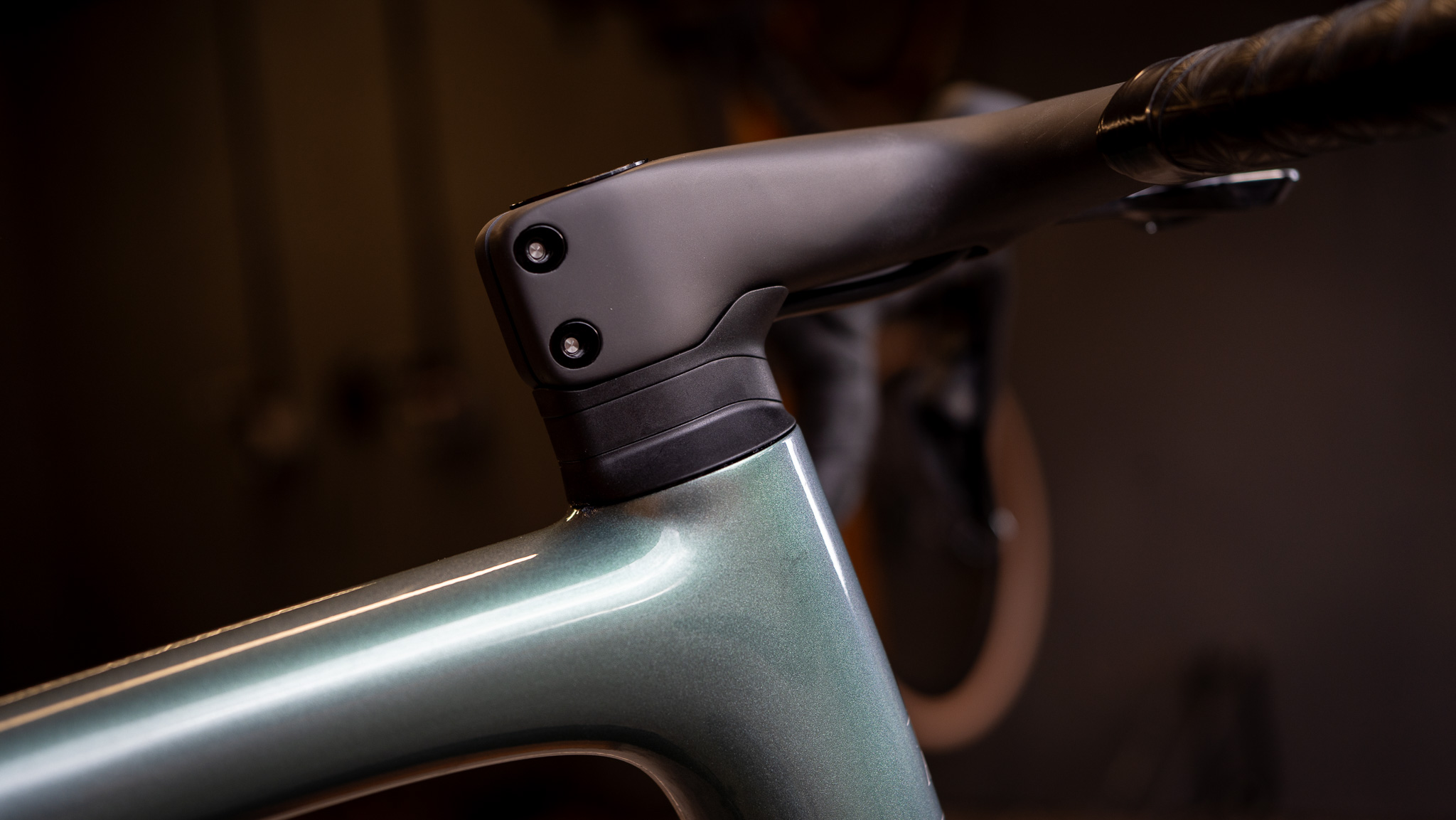
So then, to the ride. Well, it’s lovely.
It’s a round tubed bike, so unless they’d made it out of solid bar it was always going to be. It’s given nothing away to the old bike. Without spending longer on it I can’t say it’s better or worse, except to say that the Aethos was class leading in comfort terms, never at the cost of feeling responsive. The changes to the handling geo here; a marginally slacker front end, and 7mm longer rear centre, have only improved its manners.
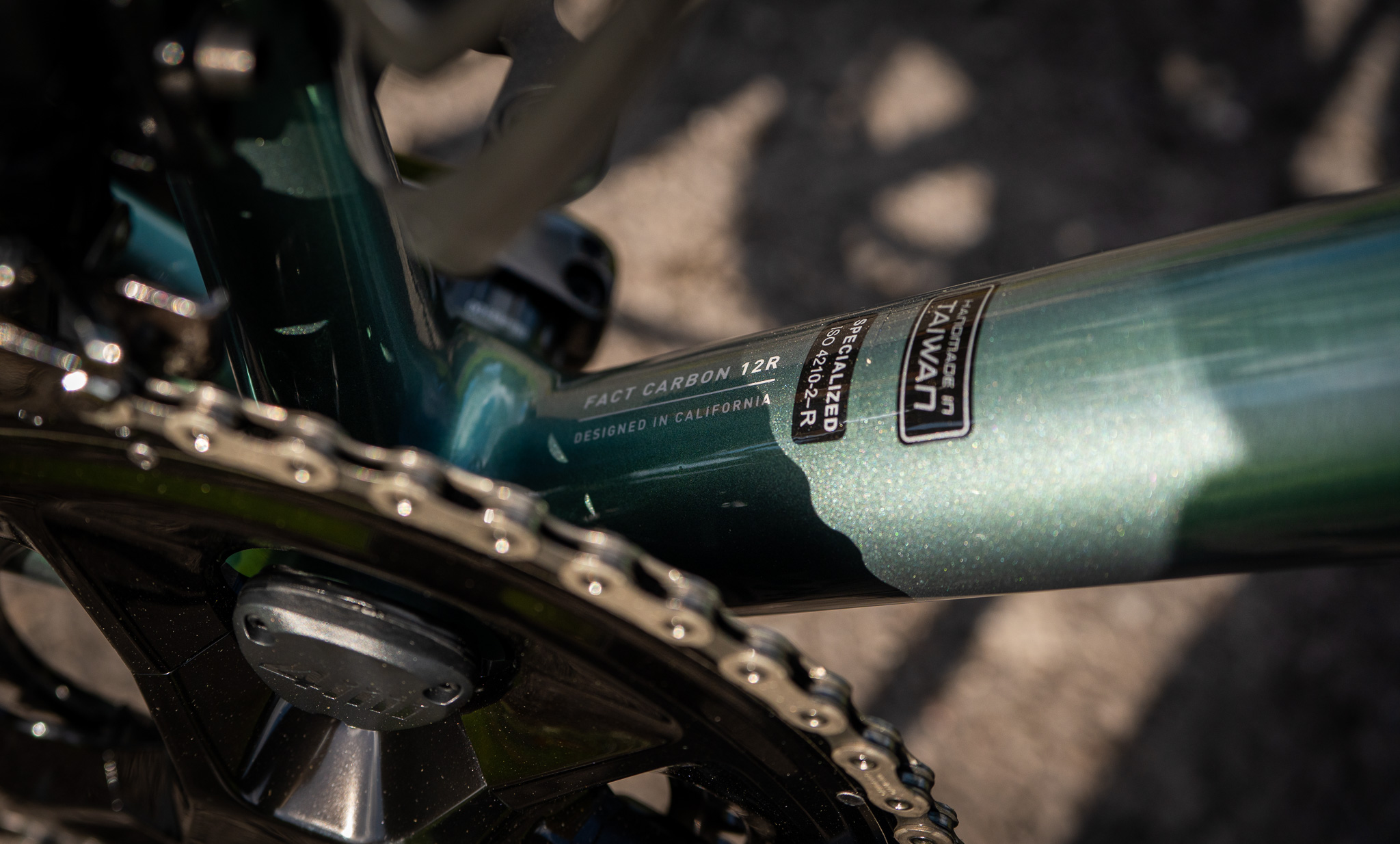
Descending with ten much faster colleagues in a relatively tight bunch on very poor surfaces, it was never unruly and never flapped once.
If the Aethos was designed to flatter a half-decent rider with improved comfort, Aethos 2 aims to make them feel even more at home, and certainly seems to do that ably.
Whilst Specialized do want to entice more of their big spending cohort onto this bike, the more fiscally challenged amongst us will have to temper our tastes and look elsewhere. It's not cheap.
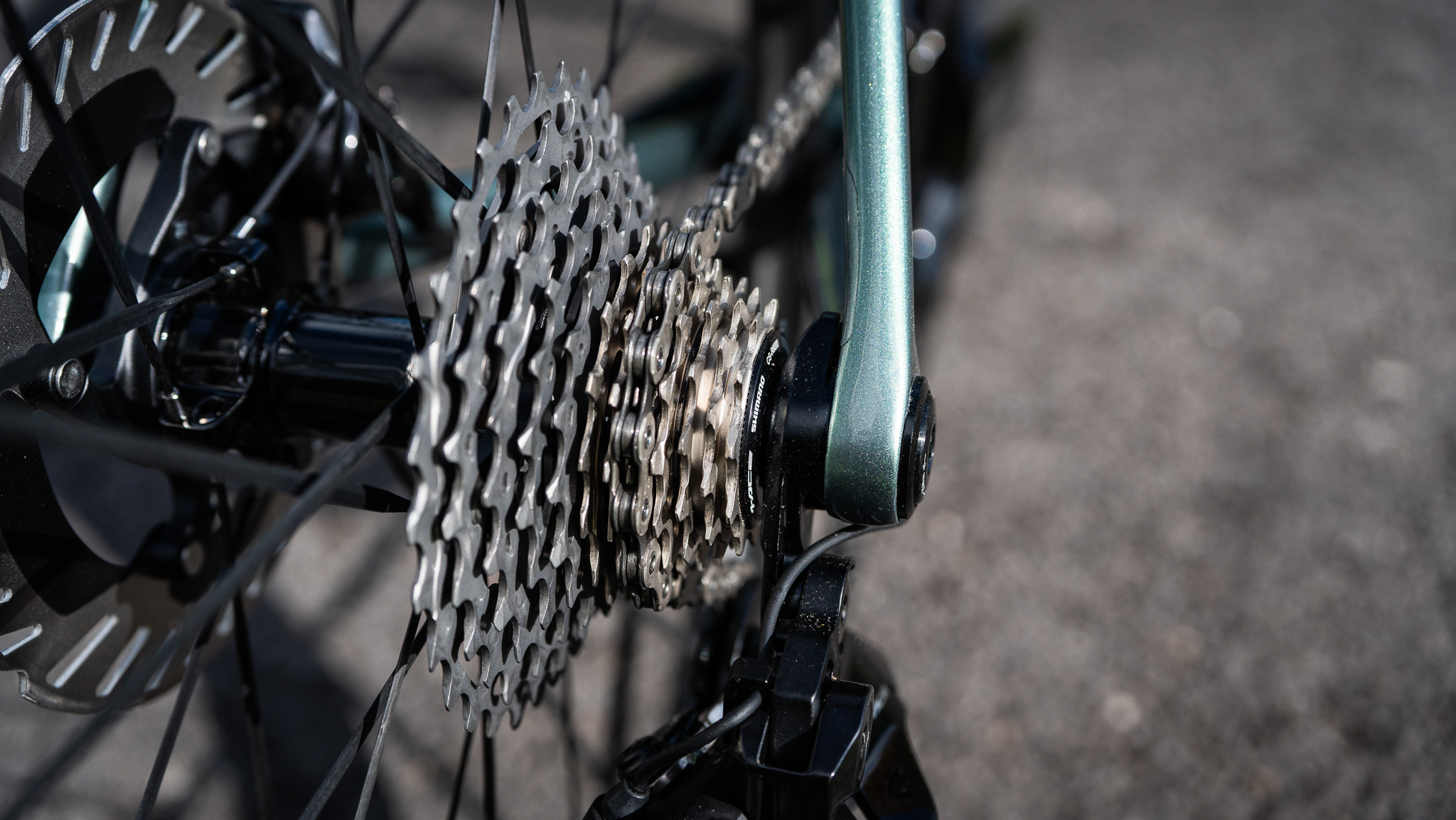
There is no mechanical version, and as the groupset choices in electronic get more humble, the weight creeps up for a complete build, bringing a stack of alternative bike choices from other brands into play, but in the niche Specialized is aiming Aethos 2 at, decked out in all the best parts, Aethos is as relevant now as it was back in 2021.
We’re in a very different market to the one that existed when Specialized ditched the Venge and delivered the Aethos concept, but despite the recent fashion for aero supremacy, there’s still plenty of customers who want an exclusive bike that’s super light and doesn’t beat them around.
That’s still Aethos in my view.
Builds, prices and weights
The Aethos is offered in three tiers: S-Works, Pro and Expert. The S-Works is available with both Sram Red AXS and Shimano Dura-Ace Di2, with the former having a claimed weight of 5.98kg. Both retail for £11,499/$13,999.
The Pro model is also offered with two build options: Sram Force AXS and Shimano Ultegra Di2. Claimed weights are 7.05kg and 7.12kg respectively. Both retail for £7,249/$8,499.
The Expert build uses Shimano 105 Di2 and costs £5,499/$6,999. There is also a frameset only option, with the S-Works model costing £4,999/$5,499 and the regular frameset prices at £/$3,499.
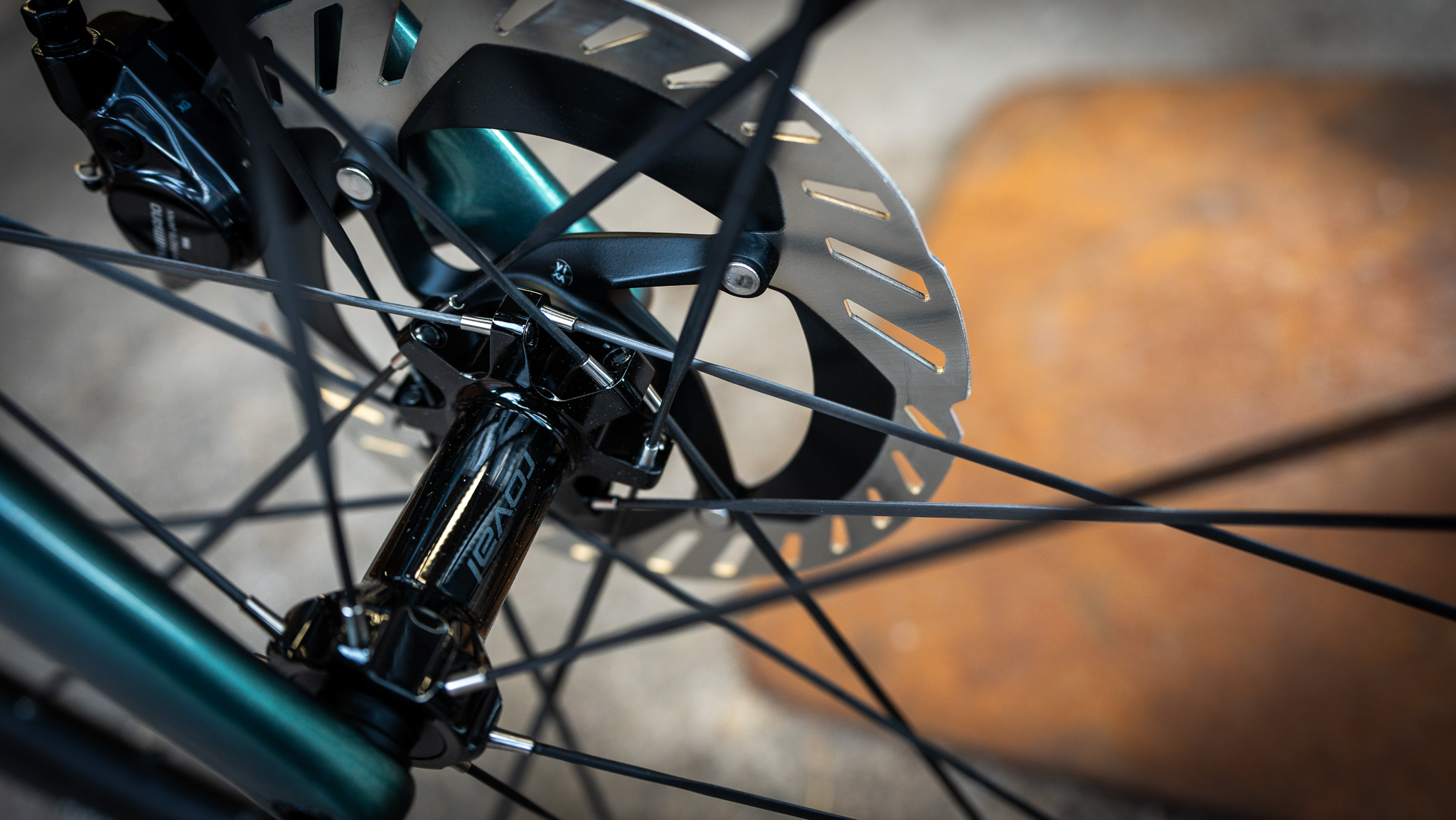
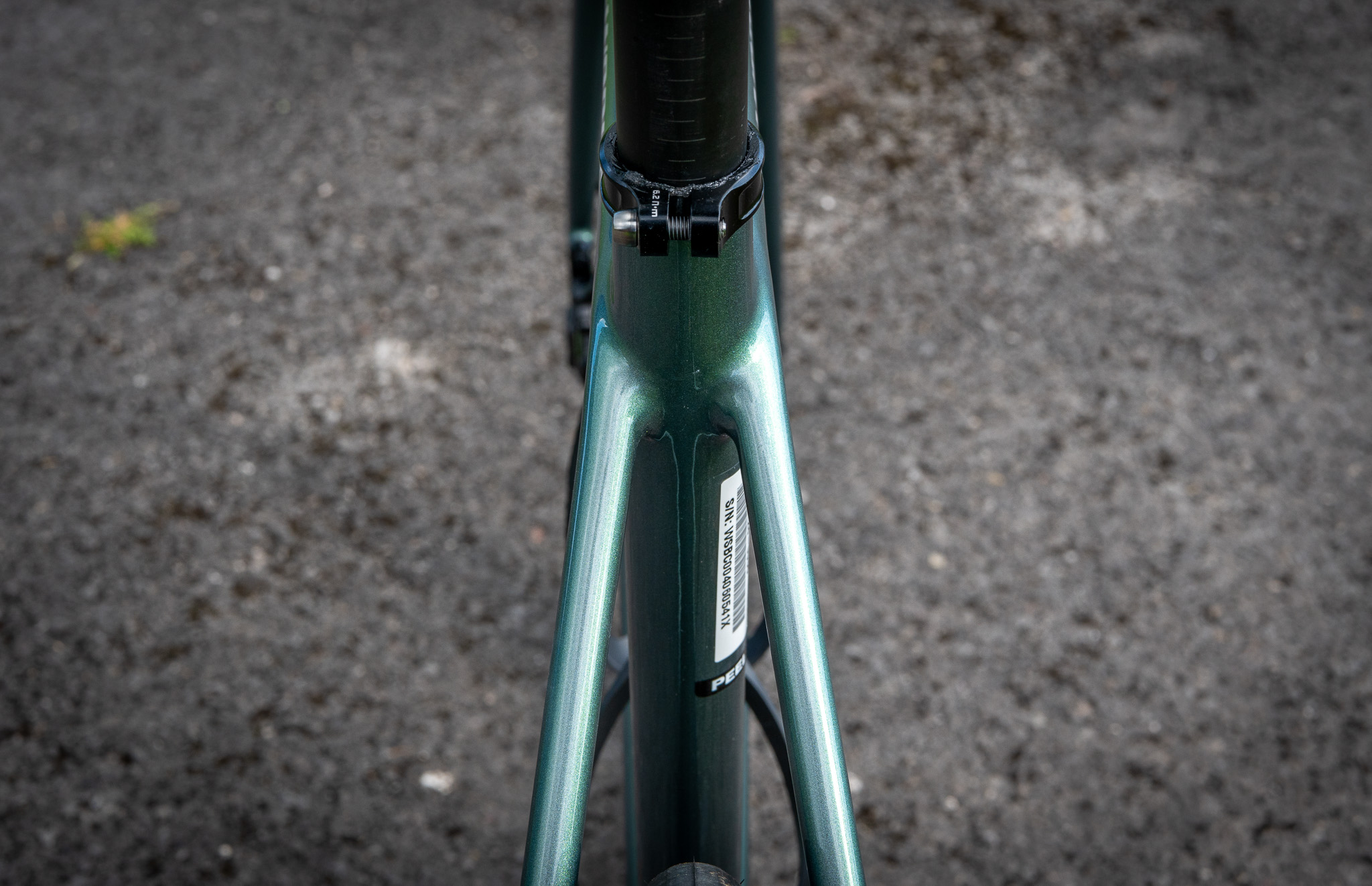
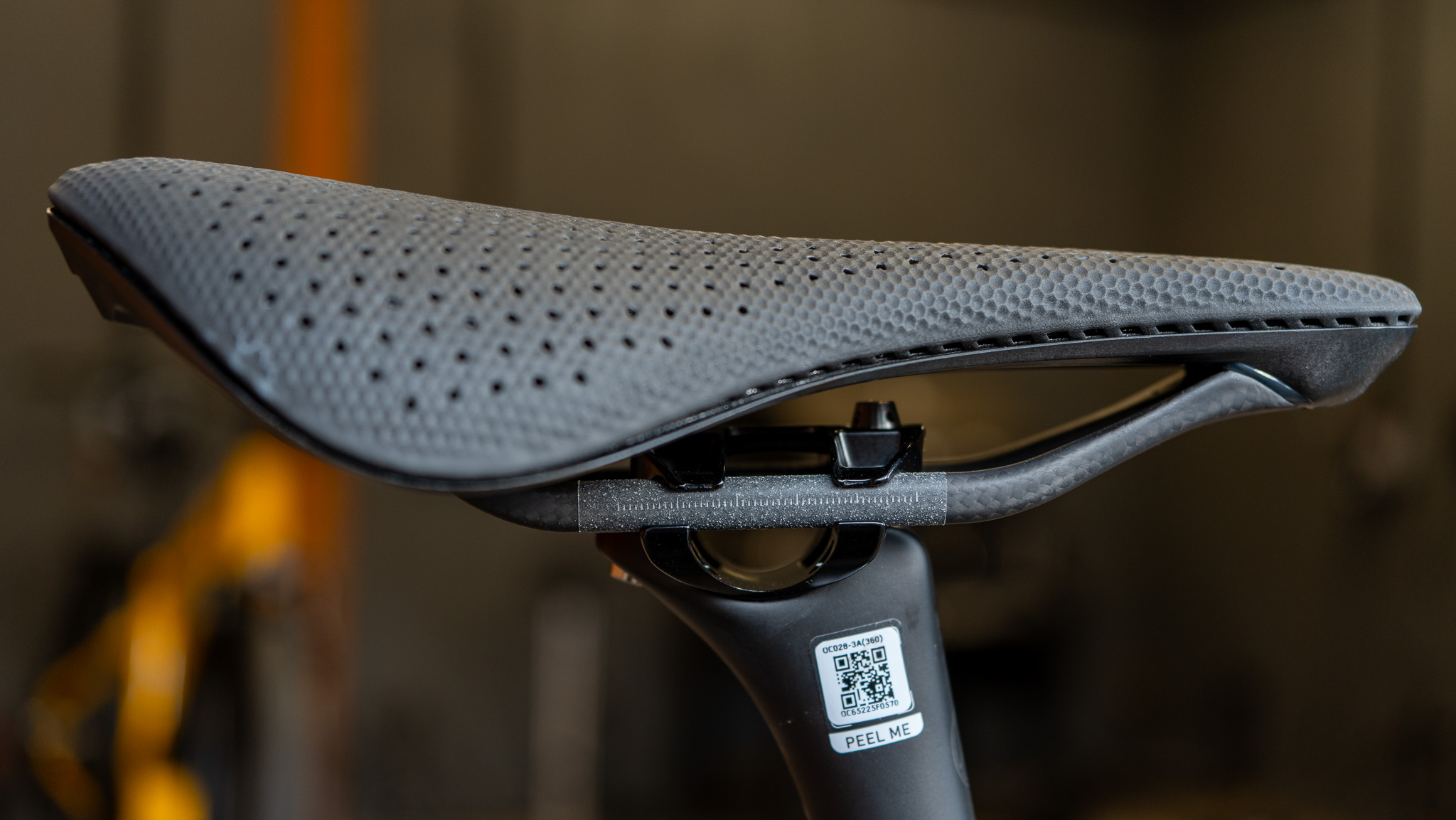

Andy Carr is the tech editor at Cycling Weekly. He was founder of Spoon Customs, where for ten years, him and his team designed and built some of the world's most coveted custom bikes. The company also created Gun Control Custom Paint. Together the brands championed the highest standards in fit, fabrication and finishing.
Nowadays, Andy is based in Norfolk, where he loves riding almost anything with two-wheels. He was an alpine ride guide for a time, and gets back to the Southern Alps as often as possible.
You must confirm your public display name before commenting
Please logout and then login again, you will then be prompted to enter your display name.